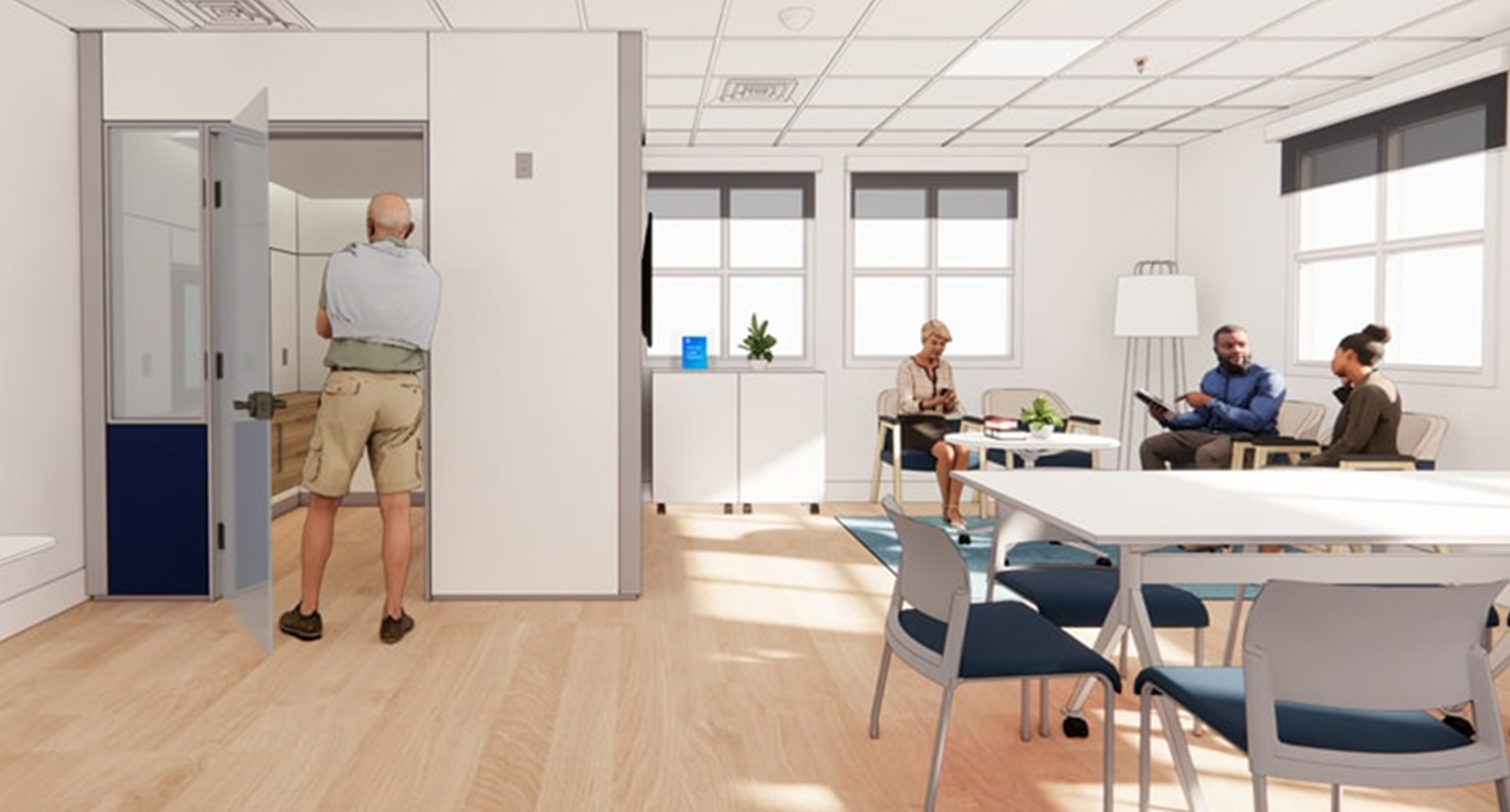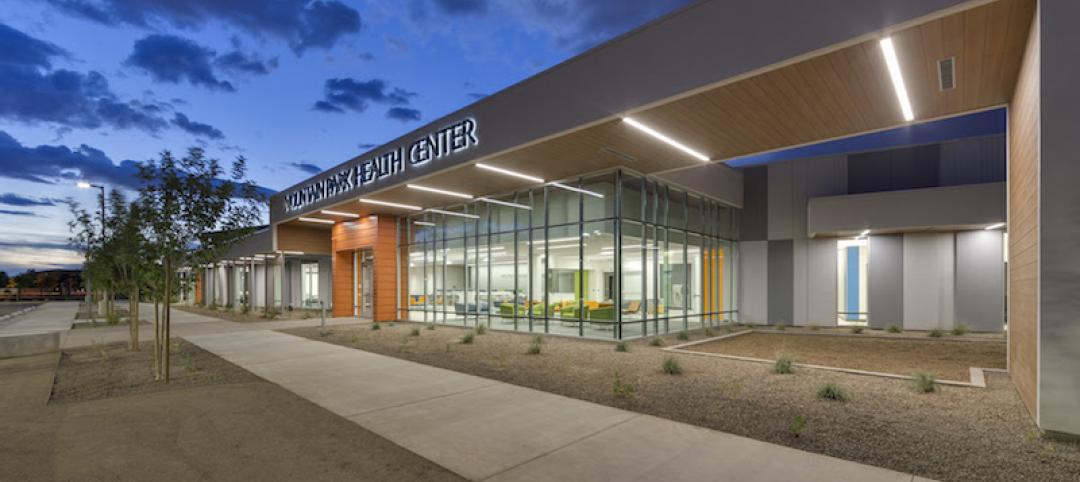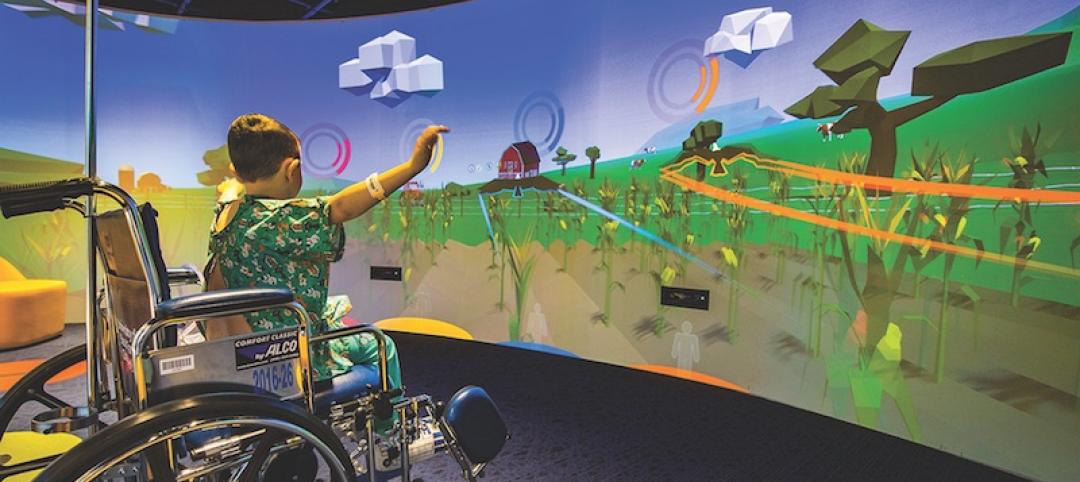The history of telehealth can be traced back to the first forms of electronic communication. In 1879, three years after the invention of the telephone, a report in The Lancet described a call during which a physician diagnosed croup by listening to the baby's cough through the phone. In the early 1900’s local health organizations and academia used radio wave technology to transfer clinical information quickly between sites, and in the late 1950’s, NASA developed remote health performance monitoring during the Mercury space program. However, while the technology supporting telehealth grew exponentially over the years, its use largely remained in the realm of futurists.
The global Covid-19 pandemic finally aligned the need for physical distancing with the strength of available technologies to support the widespread growth of telehealth. With an increasing number of people becoming familiar with video interfaces like Skype and FaceTime, the shift from family meetings to physician consultations was an easy one to make.
As a result, telehealth has secured its place as a standard care offering across a significant portion of the general public, governments, insurance companies, and major healthcare providers.
Future growth and challenges for telehealth
In a February 2022 report titled “Digital Reshaping of the Health Care Ecosystem,” Bloomberg Intelligence reports that the U.S. telehealth sector could reach $20 billion in revenue by 2027. Telehealth “will become an increasingly established type of medical care for the healthcare industry over the next decade,” says Bloomberg. “Rising costs, value-based health care, more consumerization, and the pandemic are key catalysts creating demand for more digital solutions in the industry.”
Reinforcing this viewpoint, a recent client survey by Taylor Design found that healthcare executives and facility management professionals identify telehealth as a growing and lasting trend. Consequently, many healthcare clients are re-evaluating their existing space utilization, considering a variety of approaches to new and remodeled physical space in support of telehealth programs, and adjusting capital expenditure plans to accommodate the physical and technological demands of a robust telehealth program.
A July 2021 report by McKinsey, “Telehealth: A quarter-trillion-dollar post-COVID-19 reality?”, agrees that telehealth is likely here to stay. While it found that the massive spike in telehealth usage during the earliest days of Covid subsided somewhat over time, its use remained significantly elevated when compared with pre-pandemic levels. According to McKinsey, the percentage of outpatient visits shifting to virtual encounters initially rose to 32%, then stabilized at 13-17%.
“Early in the COVID-19 pandemic, telehealth usage surged, enabled by three factors: 1) increased consumer willingness to use telehealth; 2) increased provider willingness to use telehealth; 3) regulatory changes enabling greater access and reimbursement.” McKinsey adds that telehealth “now offers a chance to reinvent virtual and hybrid virtual/in-person care models, with a goal of improved healthcare access, outcomes, and affordability.”
Notably, while more “hands-on” specialties like orthopedics saw telehealth usage fall below the stabilized rate, remote visits for behavioral health services remained elevated. The National Alliance on Mental Illness (NAMI) supports the use of telehealth for behavioral healthcare treatment, noting that more than half of U.S. counties have no psychiatrists. Even in areas that have providers, there are rarely enough to meet the need.
Inequities in Access to healthcare
While McKinsey estimates that up to $250 billion of U.S. healthcare spending could potentially be shifted to virtual care, it cautions: “Approaching this potential level of virtual health is not a foregone conclusion. It would likely require sustained consumer and clinician adoption and accelerated redesign of care pathways to incorporate virtual modalities.”
Despite broad predictions of growth, it is important to acknowledge that the availability of virtual services is unlikely to be equitably distributed across the U.S. Poorer communities and rural residents living in “healthcare deserts” may be left behind, even though these populations are likely to benefit most from the promise of telehealth. Many factors contribute to the obstacles, including staff shortages, insufficient technology investment, limited financial resources, and lack of internet availability and quality.
Yet, incremental improvement is occurring in some of these communities, where local internet providers are expanding and improving coverage as part of their corporate mission. The Public Policy Institute of California (PPIC) reports, “By increasing telehealth, California may be able to expand healthcare access for rural residents, persons with disabilities, and low-income individuals … (while) underserved groups stand to gain from more telehealth, in the past they have lagged in taking up virtual healthcare.”
Taylor Design is currently working with a rural community in planning new and upgraded healthcare facilities. A historically underserved population, the community is embracing virtual care to offer its residents access to quality care. The clinic has tie-ins with regional specialists that “visit” virtually at regular clinic hours, with nurses or nurse practitioners acting as in-person facilitator for the consultation. Behavioral health visits are already entirely virtual. The planning for the new clinics includes maximizing technology upgrades and incorporating oversized, high-definition monitors and cameras in every exam room to improve the experience of talking with the provider.
Better Technology, Growing Acceptance
To promote the efficient use of telehealth, Philips Healthcare and Steelcase have developed a self-contained module providing a small space for virtual consultations that can be deployed to local community buildings. Similar to the previously mentioned community’s model, these booths operate using a hybrid approach where the virtual interaction is supported by a local medical assistant who can facilitate the visit by providing a patient’s vital signs and other follow-up support.
In the U.K., the National Health System (NHS) “Virtual Ward” program provides a take-home box of supplies to ensure successful virtual interactions. The box includes a dedicated Internet connection and Bluetooth-enabled monitoring equipment such as blood pressure and oxygen saturation monitors. Trained staff offer clinical support, providing 24-hour patient monitoring via video calls and messaging.
This virtual approach is consistent with the healthcare industry’s shift away from centralized acute-care hospitals and toward offering treatment closer to where patients live. Taylor Design is currently working with two academic medical centers that are investigating increasing the outreach of their services to regional communities. While there are economic advantages for these systems in promoting their brand and providing their own referrals, the consumer will benefit from local high-quality care and the promise of increased connectivity to a network of specialist providers. For those with adequate access, these strategies will likely improve quality and convenience.
The U.S. federal and state governments are becoming more accepting of telehealth, as well, taking note of the positive results of Covid-demanded virtual care and the regulatory emergency healthcare declarations that made it more accessible. As a result, insurance coverage is now mandated for more aspects of telehealth in a greater number of places. The National Conference of State Legislatures reports that 43 states and the District of Columbia require insurance companies to cover telehealth for both Medicaid and private payers.
In a perfect world, telehealth offers the panacea of high-quality healthcare for everyone, connected to a potentially global network of specialists, all from the comforts of home. The reality remains more complex with inequity of access, technological limitations, and disparities of availability acting as hurdles. However, we have seen the powerful advantages of virtual care through the dreadful times of Covid-19, demonstrating a positive impact on healthcare delivery options and access.
After more than a century of development, telehealth is surely now a standard alternative for many types of care. At Taylor Design, we anticipate that telehealth utilization and its supporting amenities will forever be an integral part of planning and designing healthcare facilities.
ABOUT THE AUTHORS
Simon Thomas is Director of Planning and Teresa Endres is Project Director for Taylor Design, an architecture, interior design and strategic planning firm with five offices throughout California.
Related Stories
Healthcare Facilities | Sep 29, 2017
Having a vision
The ability to clearly communicate specific priorities to your team is among the most important tasks the owner’s leadership team will perform.
Healthcare Facilities | Sep 21, 2017
Boat dealership becomes Tempe’s newest health clinic
The new space was designed with community input to be used by patients and non-patients alike.
Healthcare Facilities | Sep 19, 2017
Small UCHealth hospital in Longmont, Colo., designed with ability to grow over time
UCHealth Longs Peak Hospital opened for first patient on August 31.
Laboratories | Sep 12, 2017
New York City is positioning itself as a life sciences hub
A new Transwestern report highlights favorable market and regulatory changes.
Healthcare Facilities | Sep 5, 2017
Home away from home: Children’s hospitals that soothe, support, and distract
Building Teams help children’s hospitals create a sense of normalcy for patients and their families.
Healthcare Facilities | Sep 1, 2017
Caring for caregivers
Many healthcare organizations are increasingly focused on designing amenities, policies, and workplaces to better support their clinicians, health providers, and administrators.
Healthcare Facilities | Aug 30, 2017
Proactively addressing population health while improving access to care
The Golisano Center for Community Health offers integrated care to adults and children.
Giants 400 | Aug 29, 2017
Top 110 healthcare construction firms
Turner, McCarthy, and Skanska top BD+C’s ranking of the nation’s largest healthcare sector contractor and construction management firms, as reported in the 2017 Giants 300 Report.
Giants 400 | Aug 29, 2017
Top 80 healthcare engineering firms
WSP, AECOM, and KJWW top BD+C’s ranking of the nation’s largest healthcare sector engineering and EA firms, as reported in the 2017 Giants 300 Report.
Giants 400 | Aug 29, 2017
Top 125 healthcare architecture firms
HDR, HKS, and Perkins+Will top BD+C’s ranking of the nation’s largest healthcare sector architecture and AE firms, as reported in the 2017 Giants 300 Report.

















